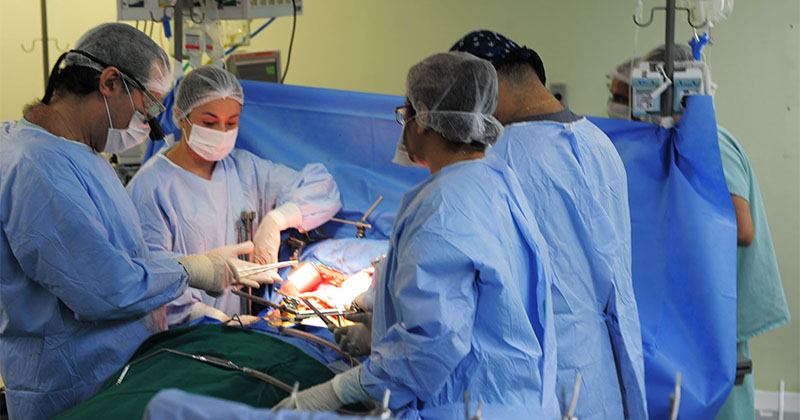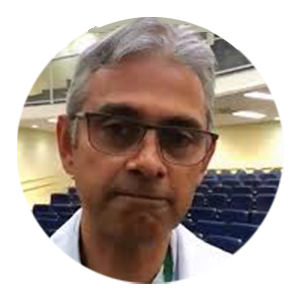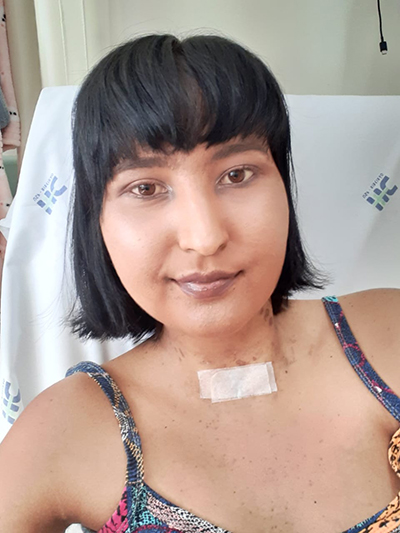
Nursing student Sara Maria Alves Casimiro, 19 years old, was on the verge of death. She even received the extreme unction in the ICU of the Santa Casa de Misericórdia of Mococa, in São Paulo, Brazil, where she lives, in the Campinas area. And her problem had nothing to do with the new coronavirus.

At 19 years old, she had a urinary infection, and, as a result of the treatment, Sara developed drug-induced hepatitis that led to liver failure. Disillusioned by the professionals at the Santa Casa of Mococa, she was hurriedly transferred to USP’s General Hospital of the Medical School of Ribeirão Preto (HC-FMRP). And, immediately, she went to the top of the waiting list for the organ in the transplant queue.
“The patient arrived with the overall state considerably compromised. She was no longer conscious and even needed machine support to breathe. The worsening was so steep that we believed she would not have survived if an organ had not turned up for transplant at that moment”, ensures professor Ajith Kumar Sankarankutty, coordinator of the Transplant Program of the HC-FMRP and leader of the team that performed Sara’s transplant.
Besides all the precautions that a surgery of this size requires, it was necessary to think about all the protocols and procedures to avoid COVID-19. “Initially, the same precautions were adopted for any surgery with the reinforcement of the personal protective equipment (PPEs) for all the professionals involved in patient care”, recalls the professor. But it was also necessary to perform tests for COVID-19 both on the patient and the deceased donor. To the relief of all, the results came back negative.

The surgery was on May 21st, lasted between five and six hours, and was considered smooth. The student was hospitalized at HC-FMRP for two months, with 30 days being in the Intensive Care Unit (ICU). When she woke up, another concern haunted her day-to-day, the fear of being contaminated by the new coronavirus. There were four suspicions, and she tested negative in all of them.
Sara was discharged on July 11th, and, since then, does medical monitoring twice a week, besides physical therapy. She was already discharged from physical therapy with a speech therapist, in which she needed to exercise the deglutition muscles after so much time in the ICU without feeding orally. Little by little, her routine goes back to normal.
The success of her transplant draws attention to procedures of this nature in the middle of the pandemic. Professor Sankarankutty says that, during the pandemic, there was a drop in the number of organ donations, and, consequently, transplants. This drop varied from 30% to 70%, depending on the region of the country. Now the routine gradually returns to normal. According to the professor, at HC-FMRP, the situation of transplants is also returning to normal, and he expects to perform this year from 45 to 50 liver transplants, the same level as last year.
Listen in the player below to the interviews in full that Sara Maria Alves Casimiro and Ajith Kumar Sankarankutty gave Jornal da USP no Ar.
